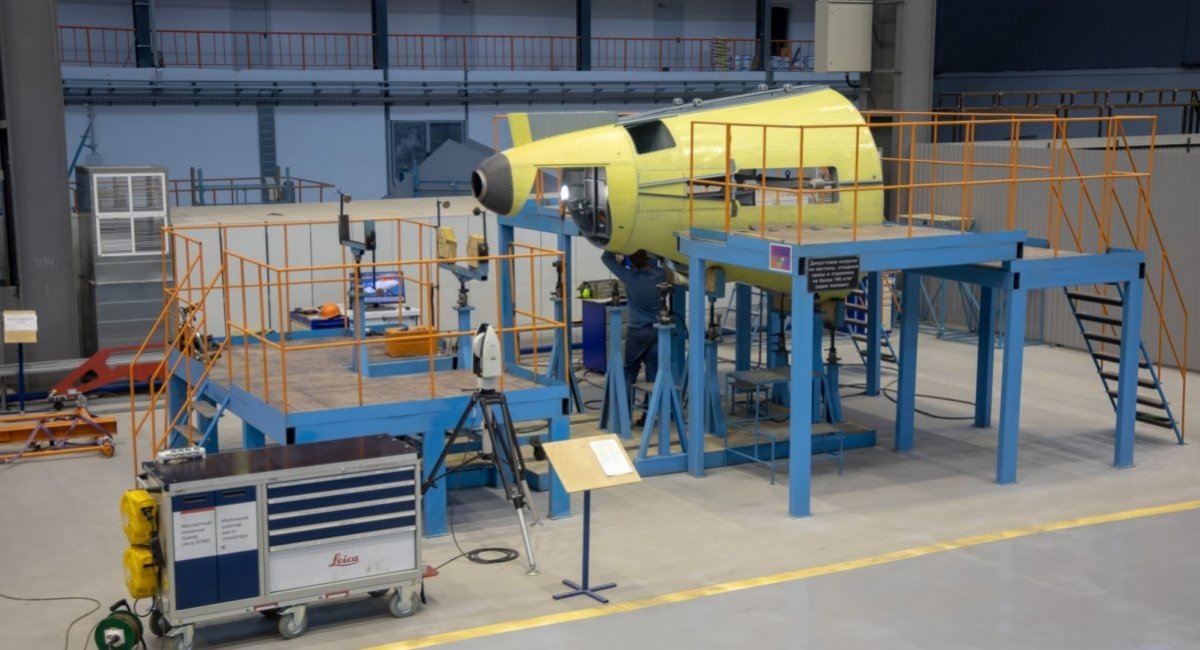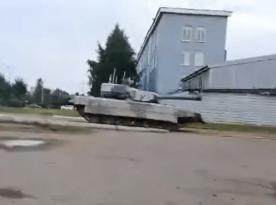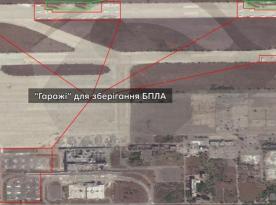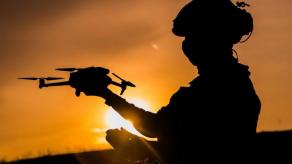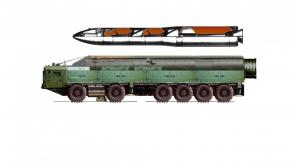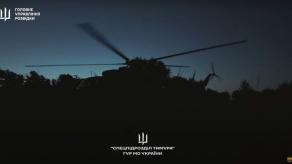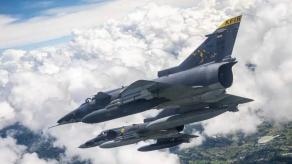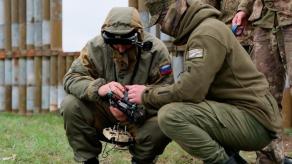Regardless of Moscow's attempts to keep up appearances, the industry in russia is not as good as they'd wanted: it leaks through the statements recently made by russian top officials. The aircraft building sector like no other illustrates the real state of affairs. Just a few days ago, the chief of russian state conglomerate Rostec, Sergey Chemezov, de facto admitted there will no longer be civil aviation in russia by 2030.
As it turns out, the decline of the aircraft industry in the russian federation was formalized in official legislation. Just two years ago, in response to the wave of new international sanctions and exit of Boeing and Airbus from the russian market, the Federal Assembly passed the bill No. 1693-r from June 25th, 2022, called "Complex program on development of russian air transport branch by 2030."
Read more: Production Tempo at Su-35S and Su-57 Assembly Lines in russia Look Nothing Like You'd Expect From a Country at War
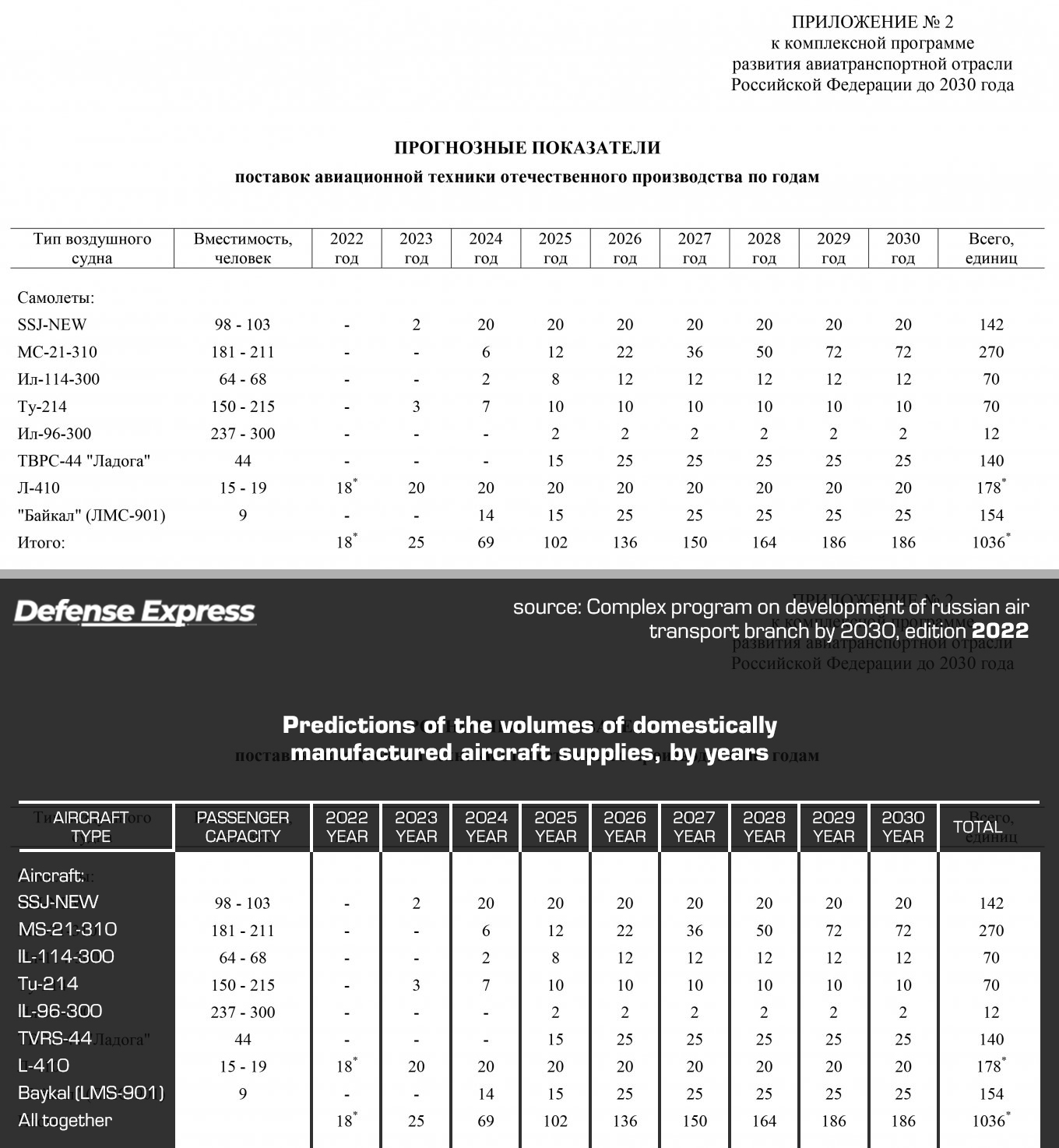
This roadmap defined the predicted supplies of civilian aircraft and helicopters by 2030, with benchmarks each year. Specifically, the russians planned to make 20 "import substitutes" Superjet 100 aircraft per year, and the production of MS-21 airliners was expected to scale up to 72 jets yearly.
Now, two years later on May 4, the same russian government issued bill No. 1102 that makes changes to these plans and schedules. Notably, not only the forecast for 2025–2030 was altered but the forecast for the past period, too: the numbers were sharply tuned down so they reflect the objective reality. Thus, with a flip of the switch, Moscow not only "rewrote the past," but also turned a failed execution plan into a successful one with overproduction.
Let's take a closer look at the figures. In the field of passenger aircraft production, here's how the updated roadmap by 2030 looks:

Particularly, Superjet 100 is now completely out of production until 2026, and the requirements for MS-21 were moved one year to the right. Still, there must be 142 and 270 airliners of these types produced at an even more Stakhanovite tempo and stricter deadlines.
The production of IL-114-300 passenger airplanes showed a similar underwhelming performance, but the requirement was reduced. The same with the Tu-214 and IL-96, which are the only mass-produced passenger aircraft in the russian federation with a production rate of 1 (one) per year.
The results in helicopter manufacturing are no less optimistic. The plan was to produce over 90 of all types in 2022, break the record in 2023 with 113 units total, and then maintain the average pace of 70–80 helicopters made annually.
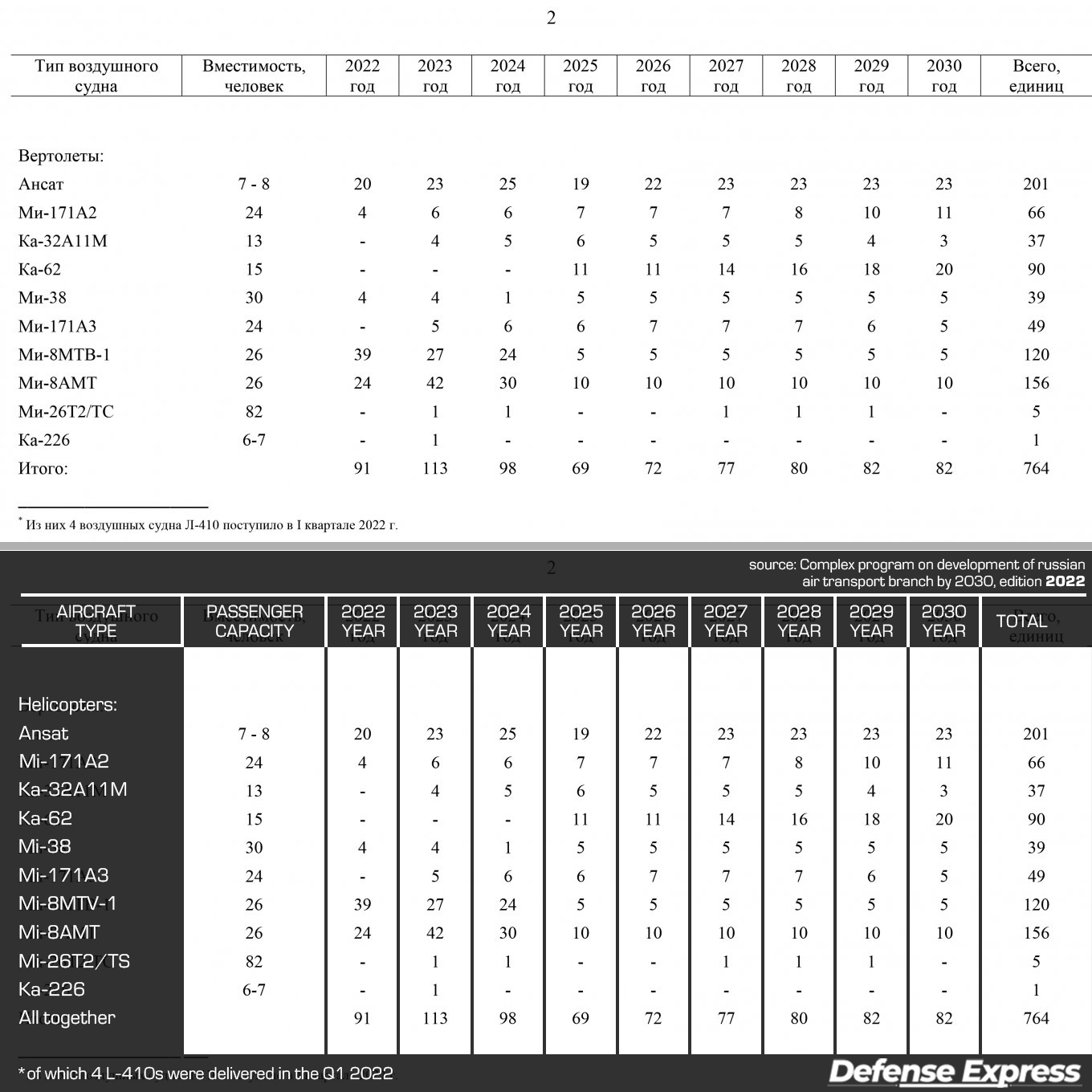
As a result, the situation with helicopters is somewhat similar, because the russian authorities decided to reduce expectations for 2022–2024, although not as critically as they did with winged aircraft.

But in this context, a more important aspect is probably the planned production volumes of engines — both for passenger planes and helicopters. According to the 2022 document, the production of PD-8 and PD-14 engines was supposed to begin in 2023 and 2024, respectively, and ramp up to large quantities very quickly.
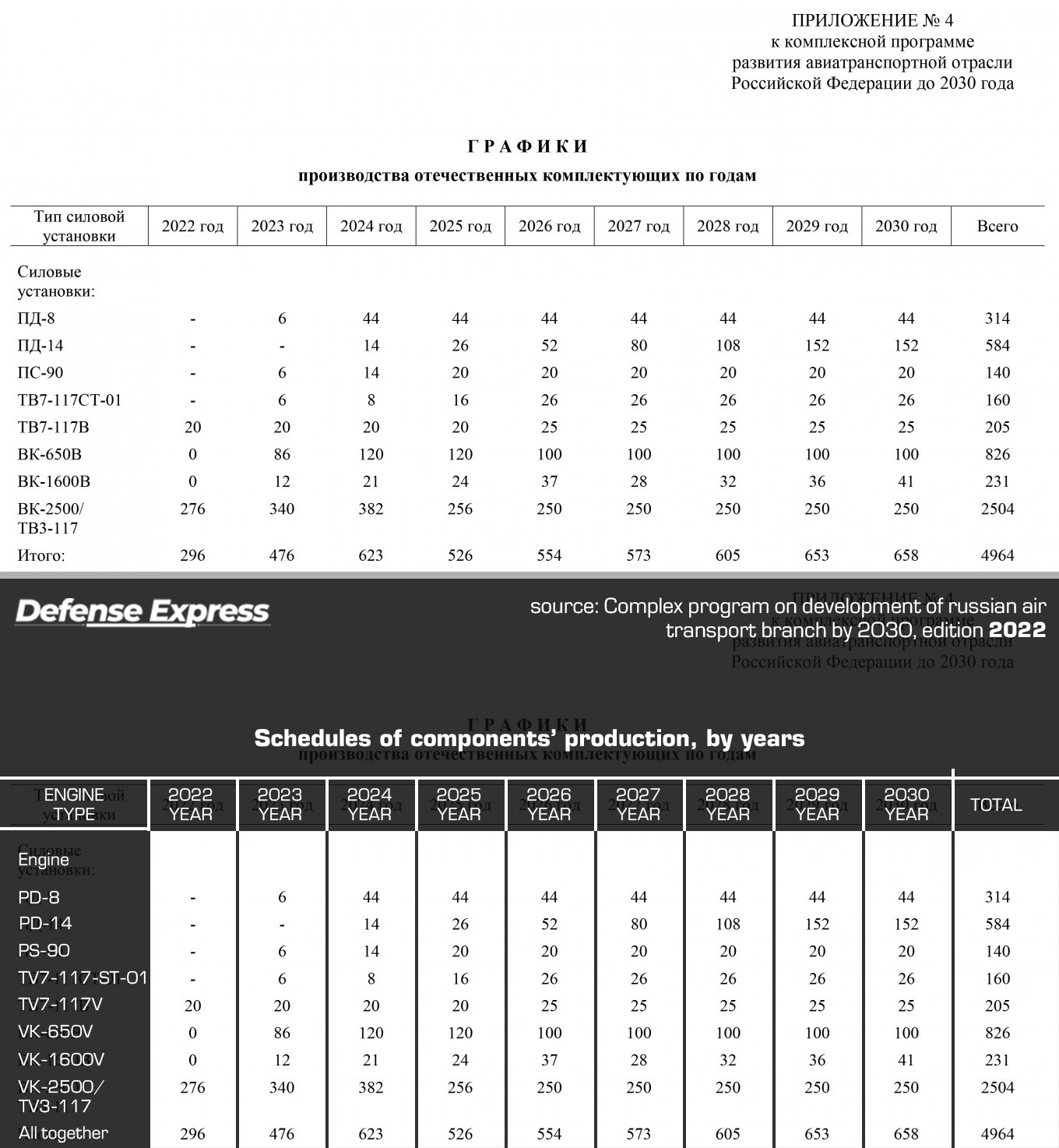
Meanwhile, the VK-2500 — a domestic copy for the TV3-117 engine they used to buy from Ukrainian Motor Sich company — that is used to power most of the russian helicopters, will be produced at the rate of 250 per year. This is enough to equip 125 helicopters.
What it means: the PD-8 will enter serial production with a two-year delay; the PD-14 will be made in volumes less than expected, which directly indicates that as of May this year, they are not produced yet. Though the main issue is the failure with the VK-2500 engine production, at only half the expected capacity.
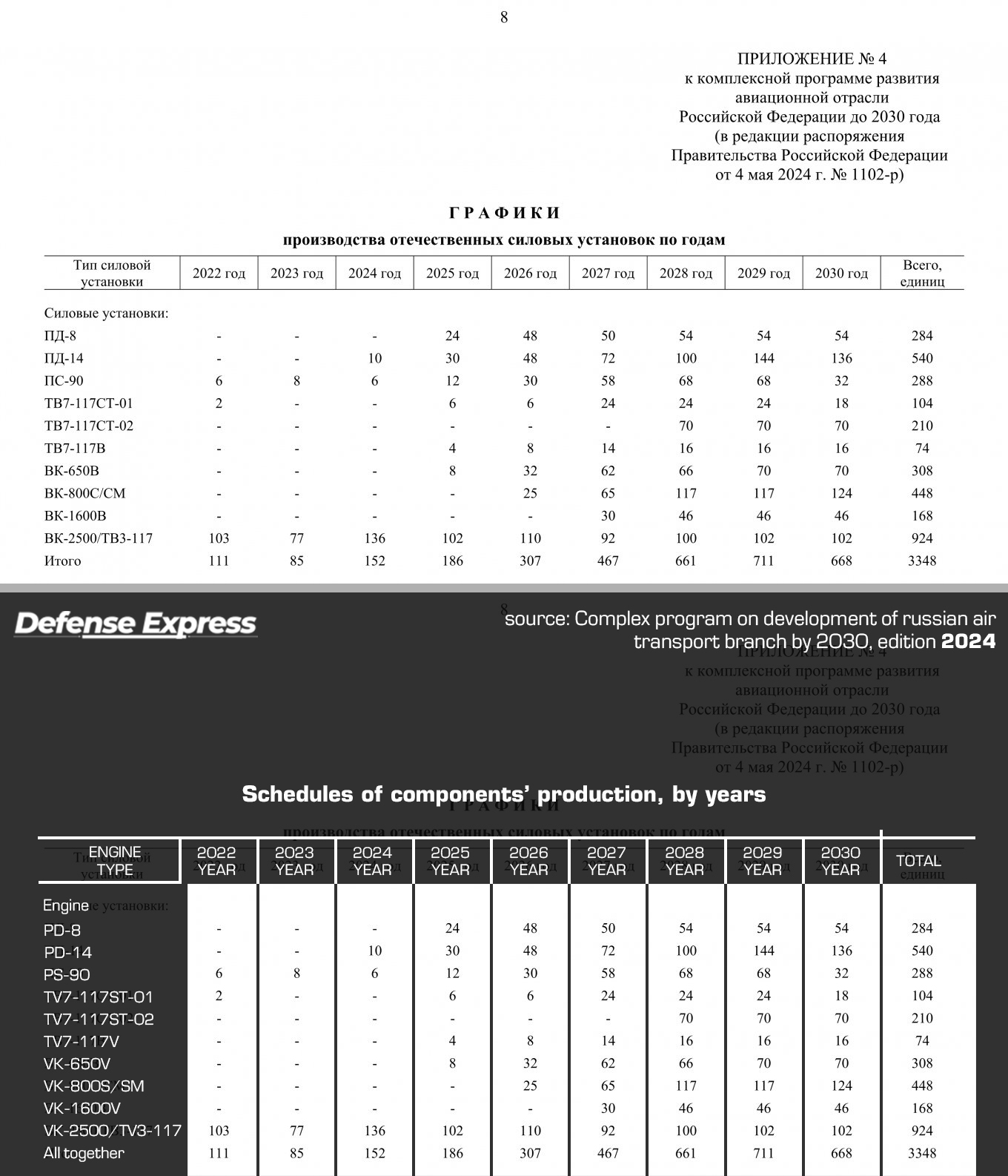
Defense Express reminds that back in April 2023, russia acknowledged a shortage of VK-2500 helicopter engines, and it turned out so dire Moscow later tried to buy out any leftover engines of this type and the original TV3-117s from countries like Egypt, Pakistan, and Brazil.
Read more: They in russia Admitted That from 2030 the Country Will No Longer Have Civil Aviation




